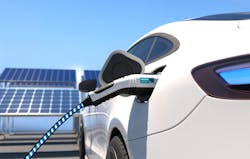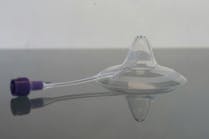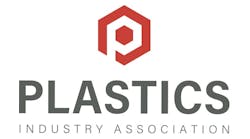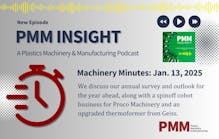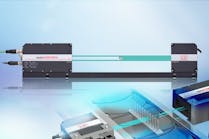By Karen Hanna
The mechanics of how cars operate isn’t the only thing that’s changing as the automotive industry embraces battery-electric vehicles (BEVs) and autonomous vehicles. For manufacturers of auto components, the cycle of new-model introductions also is undergoing a transformation, according to a consultant who studies the industry.
“More of that differentiation is driven by software and other over-the-air capabilities,” said Michael Robinet, executive director at S&P Global Mobility Consulting, referring to technologies that update software or firmware wirelessly. “What I’m really getting at is, the exterior’s probably going to change just as often as it did before, but the platform or the structure underneath, definitely not as often; we think it’s probably more of a 7- or an 8-year cadence.”
S&P Global Mobility Consulting provides services to Tier 1 and Tier 2 suppliers. It projects that automakers will continue to pare down the number of trim levels they offer, as software capabilities — rather than physical features, like tire rims and higher-octane powertrains — gain more influence over pricing.
Rather than offering 10 or 12 different versions of the same vehicle, an automaker like General Motors eventually might offer only three or four, said Robinet, who noted that, traditionally, automakers have revamped models about every five years.
A move to longer cycles will simplify the supply chain, but could put a crimp in the prospects of smaller-volume parts manufacturers accustomed to supplying various permutations of the same part. Instead, Robinet said, “economies of scale become even more important.”
“The battery electric [design] does make it more difficult for small suppliers, a small OEM, to be competitive, because more of the differentiation of future BEVs is not really driven by mechanical components. It’s going to be more driven by software, standardization and bringing costs down through standardization,” Robinet said.
He characterized the transition to BEVs as more of a revolution than an evolution. It could take 20 to 25 years before BEVs completely rule the roads, with mold makers poised at the vanguard of the movement, Robinet said.
“The word transition doesn’t do it justice. It’s really a transformation,” he said.
But with all that change come potential opportunities.
The elimination of mechanical features related to the internal combustion engine (ICE) frees up space for car designers to reimagine the look of their offerings.
“We [have] got to remember that just because a vehicle is going from ICE to BEV, it does drive a whole new thought process. And that’s where the opportunity for plastics may come in, is that it’s given the vehicle manufacturers a new thought of, ‘No longer do I need to package an engine in the front; no longer do I have to work with a tunnel. Now I’ve got this battery, this battery case underneath the passenger space, I’ve got to deal with. I now have to heat and cool the vehicle differently,’ ” Robinet said.
The “tunnel” — the hump between the driver and passenger seats in ICE vehicles—isn't a feature in BEVs, creating additional space for new-look innovation.
Along with an emphasis on interior styling, the new vehicle layout could create new uses for plastics, especially as automakers look for ways to make their vehicles more aerodynamic. Self-driving vehicles, too, will have special need for plastics, as “Lidar and radar [signals] kind of work [their] way through a piece of resin versus a ferrous or non-ferrous material,” he said.
“There’s lots of new uses for plastics, and some that are going away, to be completely honest,” Robinet said.
Just days before the 57th Super Bowl, Robinet conceded he’s not sure how it will all play out for plastics parts manufacturers.
“How do I best put this?” he asked. “There’s no sort of playbook as we get into Super Bowl week. There’s no playbook in terms of, ‘Hey, this is how you should design a BEV.’ Virtually every OEM is doing it a little bit differently, and that’s good and bad.”
Karen Hanna, senior staff reporter
Contact:
S&P Global Mobility, Southfield, Mich. 800-516-2021, www.spglobal.com/mobility/en
Karen Hanna | Senior Staff Reporter
Senior Staff Reporter Karen Hanna covers injection molding, molds and tooling, processors, workforce and other topics, and writes features including In Other Words and Problem Solved for Plastics Machinery & Manufacturing, Plastics Recycling and The Journal of Blow Molding. She has more than 15 years of experience in daily and magazine journalism.
